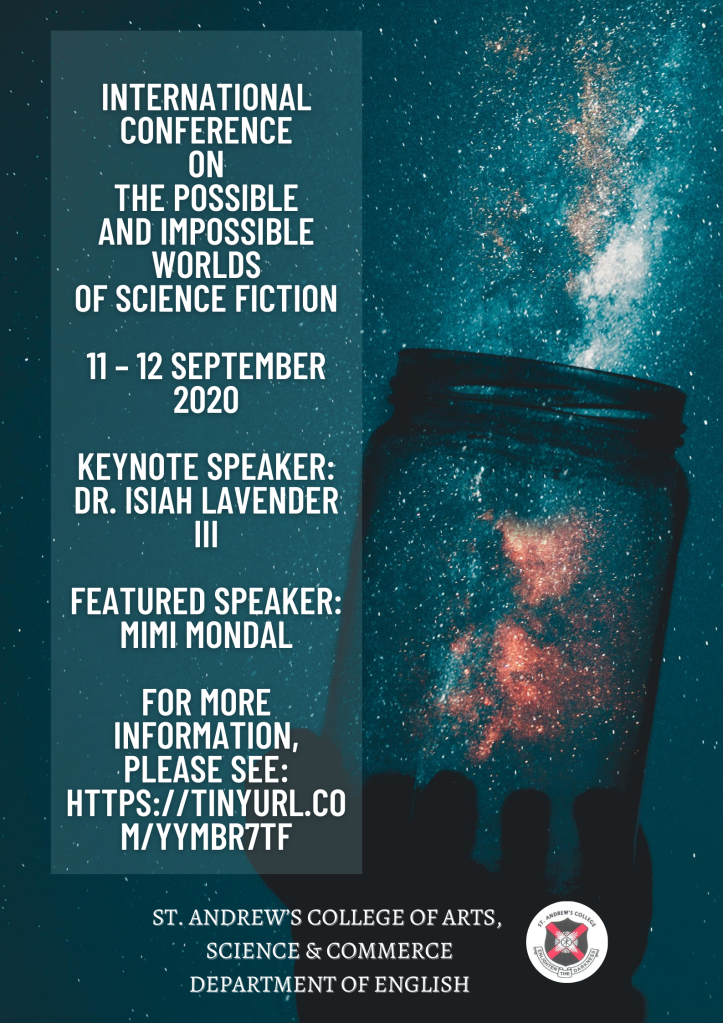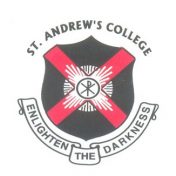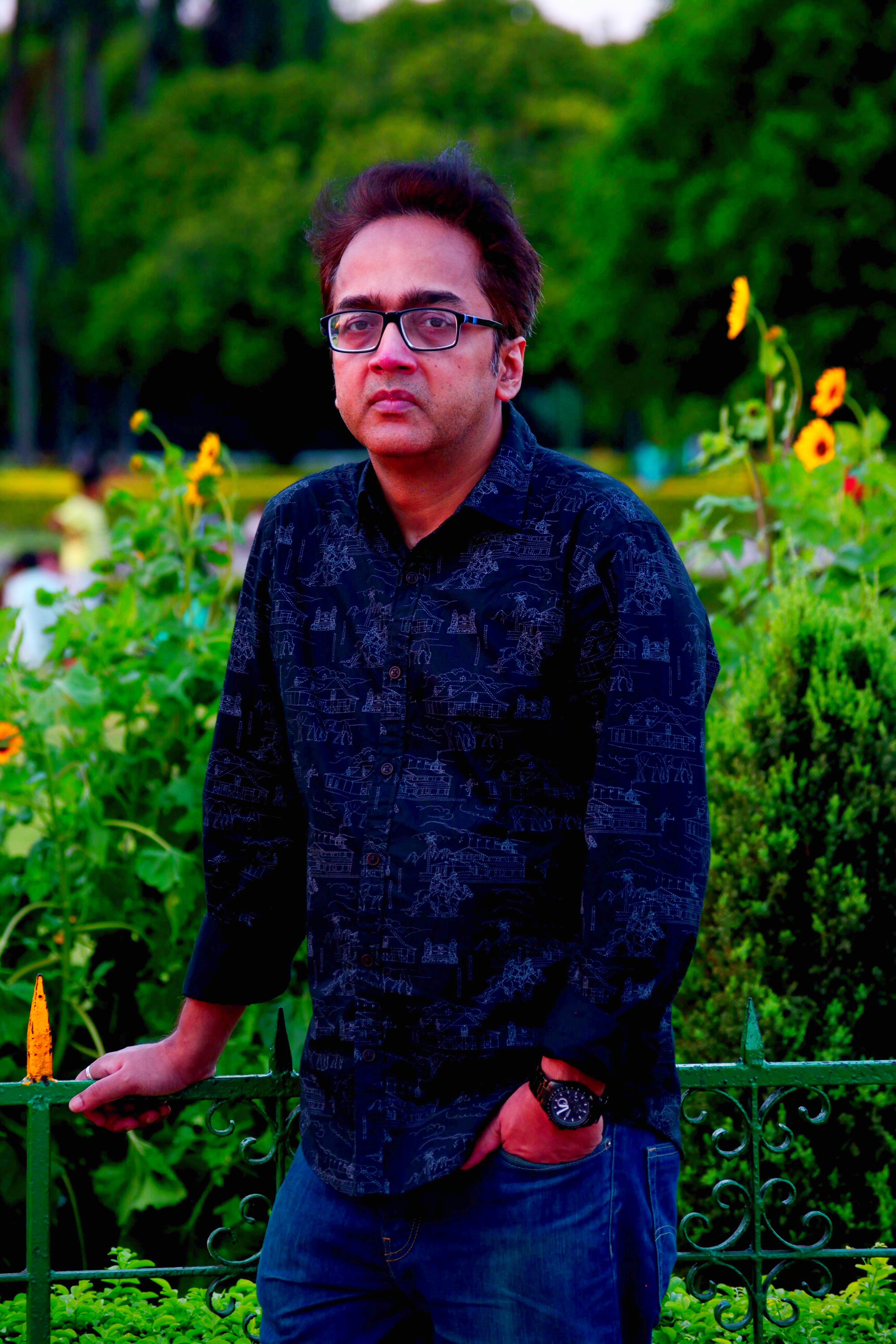Keynote speaker: Professor Isiah Lavender III (University of Georgia, USA)
Featured Speaker: Ms. Mimi Mondal (Noted science fiction & fantasy author and critic)

[Image description: A dark hand is raising a glass jar into the night sky such that the swirling cosmos is contained within the jar and is being set free. Overlaid on this image is text regarding the name and dates of the conference, the keynote speakers, and the link to this webpage]
CALL FOR PAPERS
Science fiction has long offered spaces to conceive of and challenge our existing worlds ad circumstances. Engaging with futuristic and imaginative elements, contemporary Science Fiction has a long and complex history. Seen to have originated through literary reactions to historical events such as the European Enlightenment, the scientific revolution, modernism, and eventually postmodernism, the genre of science fiction and fantasy often took on elements of existing trends—such as the epistolary novel, the gothic novel, and more—and made them their own. These are evident in examples that range as broadly as Mary Shelley’s Frankenstein (1818), Muhammadu Bello Kagara’s Gandoki (1934), Satyajit Ray’s The Diary Of A Space Traveller & Other Stories (1965), Octavia Butler’s Kindred (1979), etc. Moreover, science fiction itself travelled widely, as can be seen from Liang Qichao and Lu Xun translating works by Jules Verne into Chinese in the early 20th Century to advocate for the writing of local science fiction.
Popularly known today as sci-fi or SF, science fiction remains in conversation with increasingly sophisticated scientific and communications technologies that have come to define the modern world since then, lauding or critiquing them at different times. It continues to reinvent itself to adapt to modern and postmodern contexts across cultures in a world continually treading the fine line between present and future, progress and stasis, illusion and reality, dream and nightmare. Notably, it offers spaces in which to extrapolate from and talk back to historical or contemporary events. For example, Cherie Dimaline’s The Marrow Thieves (2017) examines the processes of scientific racism to discuss the effects on indigenous populations. In contrast, Samit Basu’s Chosen Spirits (2020) is a chilling dystopian reading of contemporary Indian anxieties.
The cataclysmic events of the 20th and 21st centuries have seen the genre shift from its more traditional focus of time travel or alternate worlds to postwar globalised realities such as extraterrestrial invasions, biological mutations, ecological catastrophes, the aftermath of nuclear war, interplanetary warfare, altered states of consciousness, surveillance cultures, and artificial intelligence. As a futuristic genre, it provides a percipient commentary on social, political, ecological, and technological realities of our times. Science fiction offers a sharp critique, repeatedly puncturing the illusion of scientific progress as a triumph of rationality. The sublime spectacles science fiction offers cannot mask or detract from its transformative potential: particularly in the time of a global pandemic, we need the possibilities uniquely afforded by this genre, and it would be a fallacy to trivialise it or dismiss it as scientific mumbo-jumbo or a collection of escapist fantasies.
We invite papers on the following themes:
- Established or Alternate Histories of Science Fiction
- The Gothic Novel and Science Fiction
- The Evolution of Time Travel in Science Fiction
- Cognitive and Affective Elements of Science Fiction
- Problematising the ‘Science’ in Science Fiction
- Representation of Animals in Science Fiction
- Examining Race/ Caste/ Class/ Gender and Sexuality in Science Fiction
- Indian Science fiction
- Children’s Sci-fi
- Early Science Fiction
- The Golden Age of Science Fiction
- Science Fiction Genres – Cyberpunk/Space Opera/ Space Western
- Spatiality in Science Fiction
- Social Justice and Science Fiction
- The Graphic Novel and Science Fiction
- Sci-Fi Cinema/ Television Series
We encourage applications from young scholars and academics from marginalised groups.
Accessibility: The St. Andrew’s Equal Opportunity Cell has tips and guidelines for presenters to create accessible online presentations at the bottom of this blog post.
Submission Guidelines
Submission of Abstract
- Length: 200 words
- Language: English
- File type: Microsoft Word
- Font: Times New Roman, size 12 pts, spacing 1.5.
- Biodata: 50 words
The abstract must contain four-five keywords, and must be emailed as word documents, and emailed as attachments to andrews.english.conference2020@gmail.com.
The abstract must be submitted by 25 August 2020 and intimation of acceptance will be provided by the conference organisers by 30 August 2020.
Publication
Only selected papers will be published in our departmental journal “Ruminations” (with ISSN number) on successfully passing the anonymised peer-review process.
Submission of Full Paper
All paper submissions must observe the following guidelines:
- Language: Papers must be written in English ONLY
- File type: Microsoft Word
- Length: 3000 – 4000 words
- Title of Paper
- Author(s) and affiliation(s)
- Abstract (with four – five keywords)
Format:
Full papers must be submitted in Times New Roman, size 12 pts, double-spaced.
Title: Type in upper case letters, bold and left aligned.
Author(s) names: Type in upper case letters
Author(s) affiliation(s): Type in lower case letters
If papers have more than one author, the first author will be considered as the contact person for all correspondence related to the article.
Referencing Style: MLA, 7th edition
Full papers must be submitted before the conference date.
Registration and Payment
The registration fee is Rs. 500/- and must be paid once informed that the paper has been accepted for presentation.
Non-presenting audience members are welcome to attend for free and can be provided with a certificate of attendance. Please fill out this google form to register your intention to attend the conference.
A participation confirmation will be sent by email after the conference organisers receive the related payment and any necessary documentation.
If full payment is not received by 8 September 2020, the conference organisers will assume that the presenter is no longer interested in participating in the conference.
Details of payment:
| PAN. NO. | AABTS649C |
| NAME OF BENEFICIARY | ST. ANDREWS SOCIETY FOR EDUCATION & RESEARCH ASSOCIATION DEGREE |
| BANK NAME | CITIZEN CREDIT CO-OPERATIVE BANK |
| BANK CODE | CCBL0209014 |
| BRANCH NAME | TURNER ROAD |
| BRANCH CODE | 002463 |
| IFSC CODE | CCBL0209014 |
| ACCOUNT NUMBER | 2090142000006134 |
| ACCOUNT TYPE | SAVINGS BANK ACCOUNT |
Kindly send an email to andrews.english.conference2020@gmail.com intimating the organisers about the payment. In your email, kindly mention your name, the date of transaction, the UTI number, and attach a scanned copy/screenshot of the transaction. Also provide your phone number, and affiliation details in the email.
Please note that a fully paid conference fee is for one presenter per one paper. If the co-presenter/author of the same paper wishes to attend the conference, they must register separately and pay the conference fee in full.
Also note that the registration fee is non-refundable.
Important Dates
Conference Dates: 11-12 September 2020
Submission of Abstract: by 25 August 2020
Intimation of Acceptance: by 30 August 2020
Payment of Registration Fee: by 8 September 2020
Submission of Full Paper: by 10 September 2020
Contact
For any queries, kindly email us at the conference email address andrews.english.conference2020@gmail.com
Assistance in creating an accessible online presentation
In order to ensure that the maximum number of people are able to access and engage with presented work, we ask that presenters consider (some of) the following suggestions to ensure that our presentations are as inclusive as possible. Explanations are provided to help readers understand how these actions can increase access.
Given that Microsoft PowerPoint is the most common software used in our experience, we have used it as the basis of many our explanations, though some of these methods can be carried over to other forms of software as well.
- Describe slide content
Read out written content on slides or ensure it is included in the verbal presentation itself. When using images or gifs as part of a presentation to illustrate a point, briefly describe the image/ gif in question in a line or two. Focus on the broad descriptions and use these to draw attention to the point you are using the image to make rather than any unnecessary details. This allows people with visual impairments to access the same information as everyone else. Additionally, this assists in supporting people who may have problems with their screens on their devices.
Members of the audience may struggle to simultaneously process both visual content as well as the presenter’s speech, so this takes that into account as well and focuses audience attention on the pertinent points being made.
- Once gifs have been displayed, remove them or stop movement
When using a gif, allow it to play through once or twice to make your point and then stop its movement by clicking on the moving image. Gifs can be distracting and discomforting to those who have issues with overstimulation. Once a gif has played through or as the presenter continues with their presentation, the gif could be either stopped or removed.
Use of gifs should ideally avoid gifs that have flashing lights or flickering as these can cause migraines or seizures. If such a gif is essential, a warning should be provided before so audience members can choose to look away, the gif should be played and described, and then stopped with the presenter noting that the gif is now stopped so as to allow audience members to opt back in.
- Fonts and Size
Audience members with visual disabilities, as well as those working from smaller screens, would benefit from the use of clear fonts in large sizes. Most commonly recommended fonts include Arial, Helvetica, Lucida Sans, Tahoma, and Verdana (or what are termed the sans serif fonts) as these display better on computer devices, do not have distracting flares or flourishes, and have distinct spaces between each letter making them easier to distinguish for anyone with dyslexia.
- Slide design
Ensure that the text colour on the slide has a high contrast with the background colour as this makes text easier to read. If possible, limit the uses of reds and greens to account for audience members who may be colourblind.
- Access for d/Deaf or Hard of Hearing audience members
We encourage presenters to think of audience members who have auditory disabilities and consider how best they can provide access. We offer different options here and encourage presenters to use the version that might work best for them.
An option is to include the text of the presentation on slides being used for the presentation itself, which would not require audience members to split focus between the presentation and any included handout. This would act as a subtitle that is integrated into the presentation, allowing both audience and presenters to read along during the presentation without splitting focus or needing to use multiple screens. Our thanks go to Dr. Jaipreet Virdi for demonstrating this during her BSHS keynote presentation which can be accessed for free here: https://jaivirdi.com/2020/07/09/watch-bshs-keynote/
An alternative is for presenters to use an open google document and provide the link to this during their presentation. The document could be locked to view only or allowing for downloads, as per the presenter’s wishes. This open document could be provided during the conference for a limited time to allow audience members to read the paper alongside the presenter. This would also allow audience members who require more time to process or would like to return to certain points to have easier access to the information, assisting genuine and engaged scholarship.
- Content warnings
A warning for any graphic images or gifs (particularly in scenes which are known to be violent or abusive) would be helpful for those members of the audience who would prefer to look away at the time while still attending the larger paper. While titles and abstracts may provide broad information about content, a brief warning by a presenter before the image, gif, or video is displayed would assist in this case.
- Questions and Answers
We encourage moderators to ensure that access is maintained during the question and answer sessions. If a question is asked in written format, it should also be read out, whereas if the question is being asked verbally, it could be transcribed in the chatbox by a designated conference volunteer/ organiser. Similarly answers could be summarised and added into the chatbox to try and ensure access to the interaction for all participants.
We thank anyone reading this for taking the time to engage and hope that you may find ways to use this information in future presentations.
If you have questions or follow up concerns, we encourage you to write to us at eqopc@standrewscollege.ac.in.



